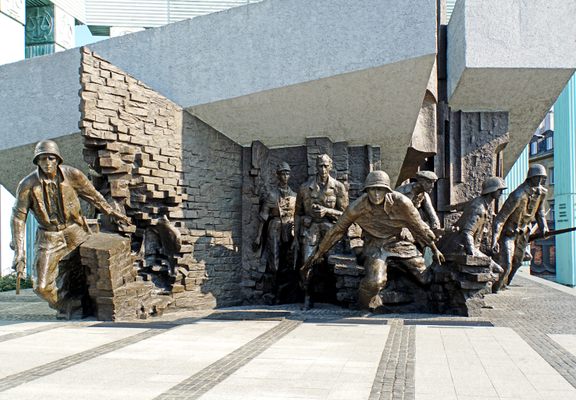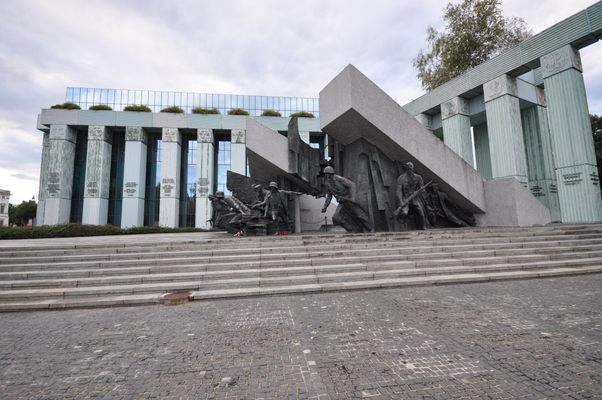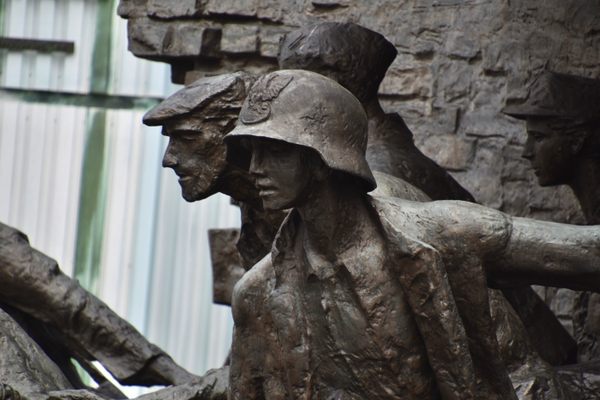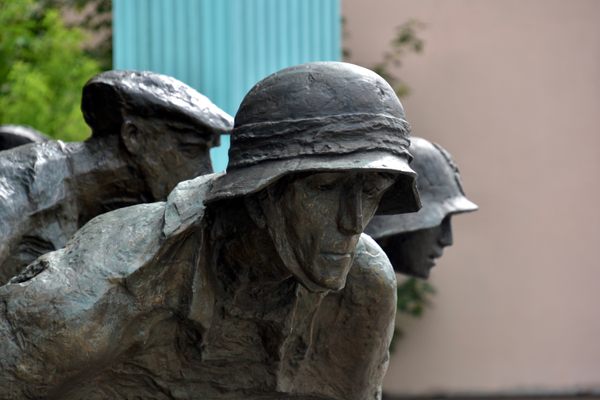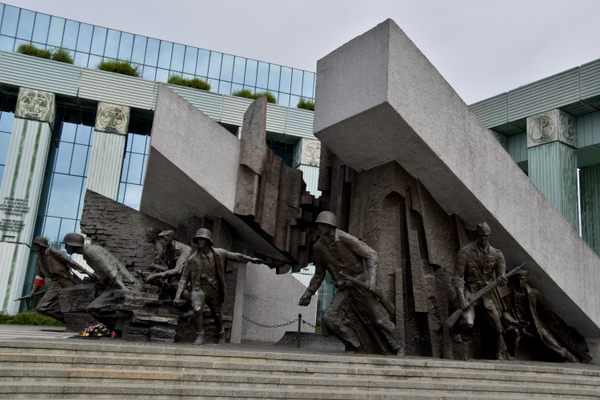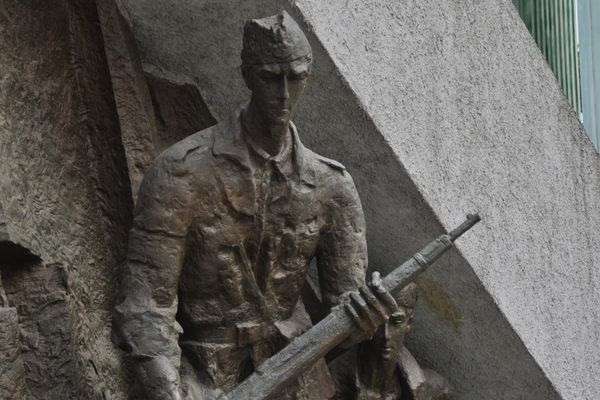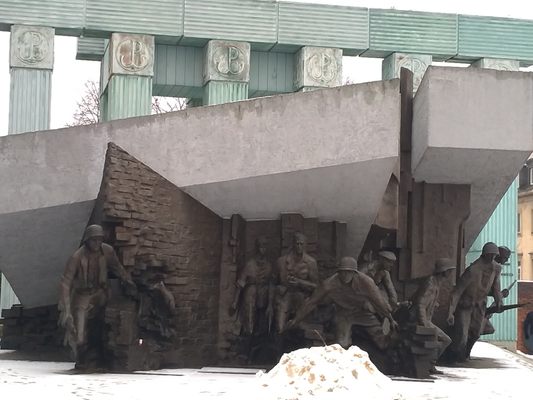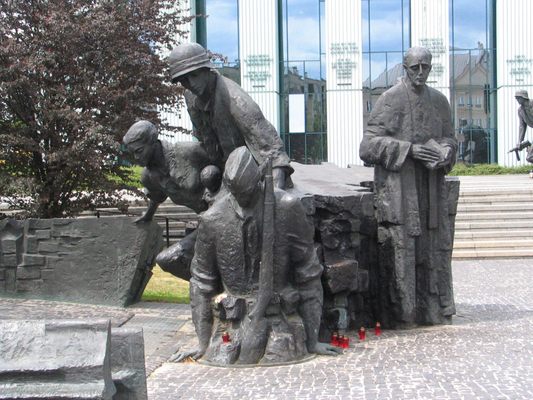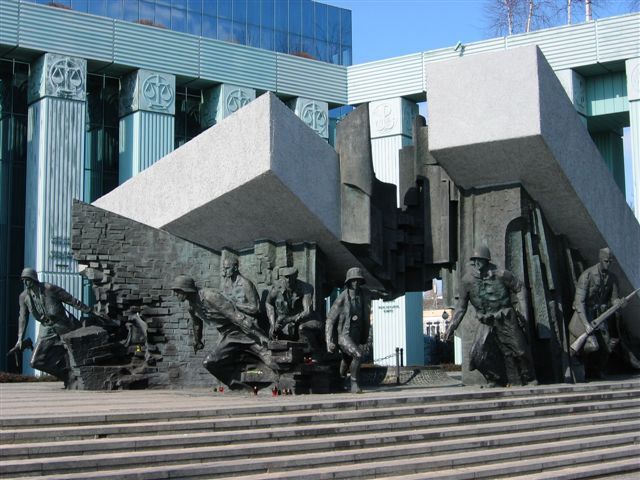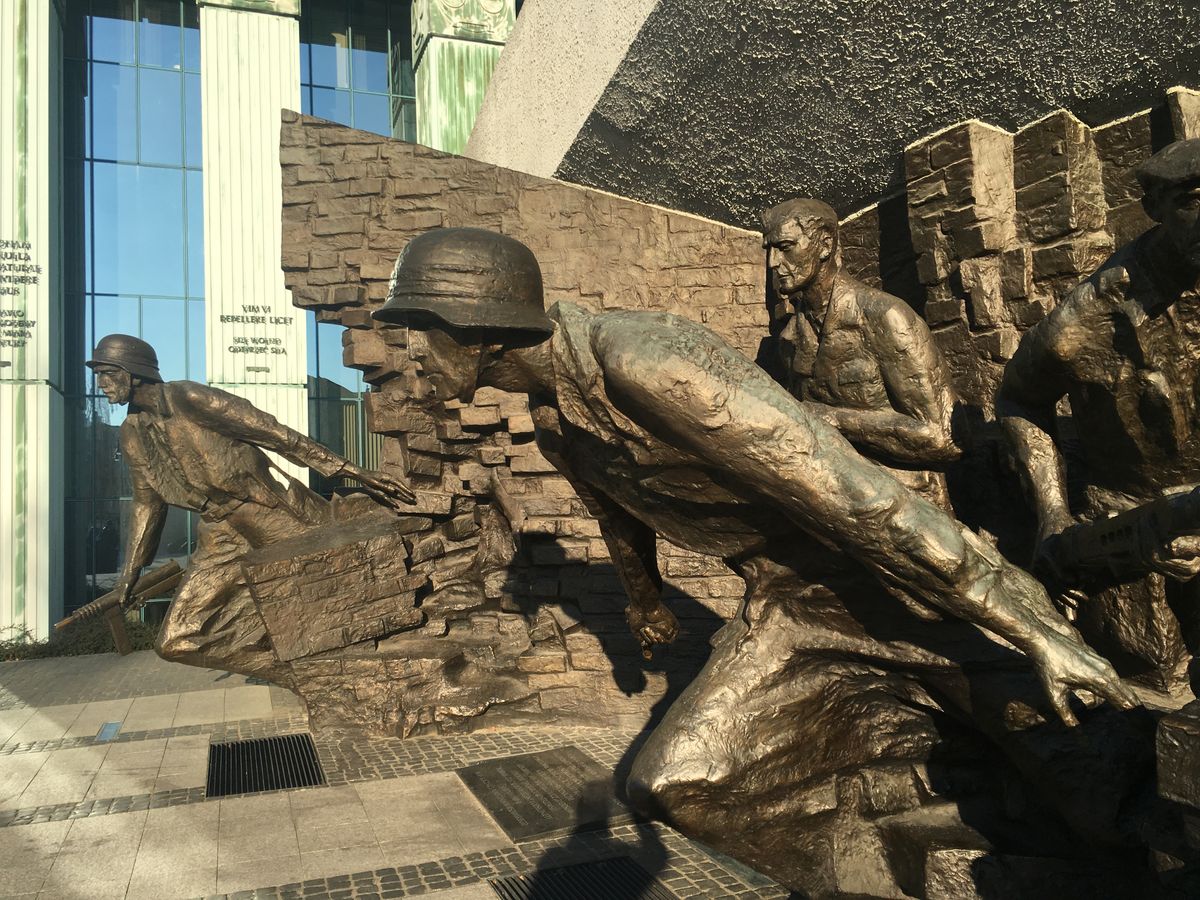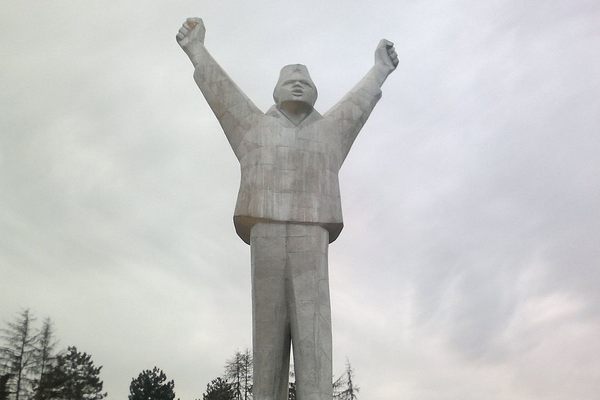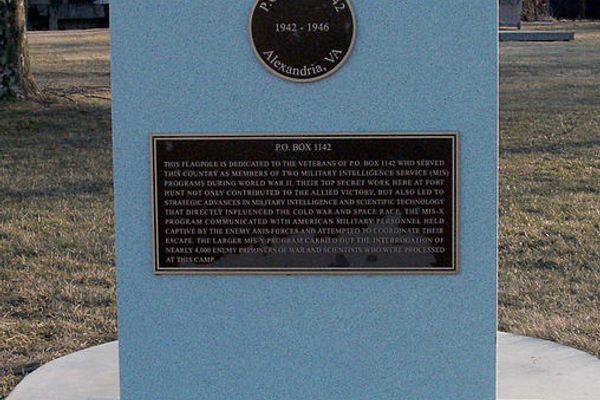About
In August of 1944, an uprising broke out in Warsaw, Poland, which had been occupied by Nazi forces for five years. It was meant to be both an act of Polish sovereignty and a way to oppose the German occupiers. Though it was one of Warsaw’s most devastating events, its significance was buried for many years.
The Polish Resistance Movement fought an uphill battle against the German forces occupying the city. Around 16,000 resistance fighters and somewhere between 150,000 and 200,000 civilians perished. People and information were smuggled into the sewers in an attempt to reach freedom.
The uprising was planned to coincide with the Allied forces approaching Poland. However, the Soviet troops that were meant to arrive never did, leaving the Poles to fight alone. The people faced food and water shortages, as they had planned on receiving relief from the Soviets who failed to show.
After 63 days of fighting, the German forces finally put an end to it all. They then expelled the population from the city and wrecked and looted its vacant buildings, all while the nearby Red Army did nothing. It’s estimated that 90 percent of the city was destroyed.
When World War II ended, Stalin used the failed uprising as Soviet propaganda, twisting the facts to reflect the Polish Home Army’s shortcomings. Stalin had purposely directed his forces not to intervene since he knew allowing the exiled, pro-west Polish government to return would thwart his plants of pursuing a soviet agenda in the country. After communism fell, the Warsaw Uprising was finally given proper recognition.
Today, a memorial honors those who fought against Nazi occupation and the threat of a Soviet takeover. The 33-foot-tall bronze sculpture was unveiled in 1989. It depicts a group of fighters in active combat while running beneath the ruins of a falling building. A smaller structure shows insurgents entering a manhole, which pays tribute to the way the Poles made use of the city’s sewer system.
Related Tags
Know Before You Go
Accessible 24/7, it's a free standing outdoors monument.
Community Contributors
Added By
Published
August 23, 2017
Sources
- http://www.seattletimes.com/nation-world/trump-speech-takes-place-at-famed-warsaw-uprising-monument/
- https://www.polygon.com/2014/7/15/5898507/this-war-of-mine-warsaw-uprising-wwii-inspiring-game-devs-enemy-front
- https://en.wikipedia.org/wiki/Warsaw_Uprising_Monument
- https://en.wikipedia.org/wiki/Warsaw_Uprising
